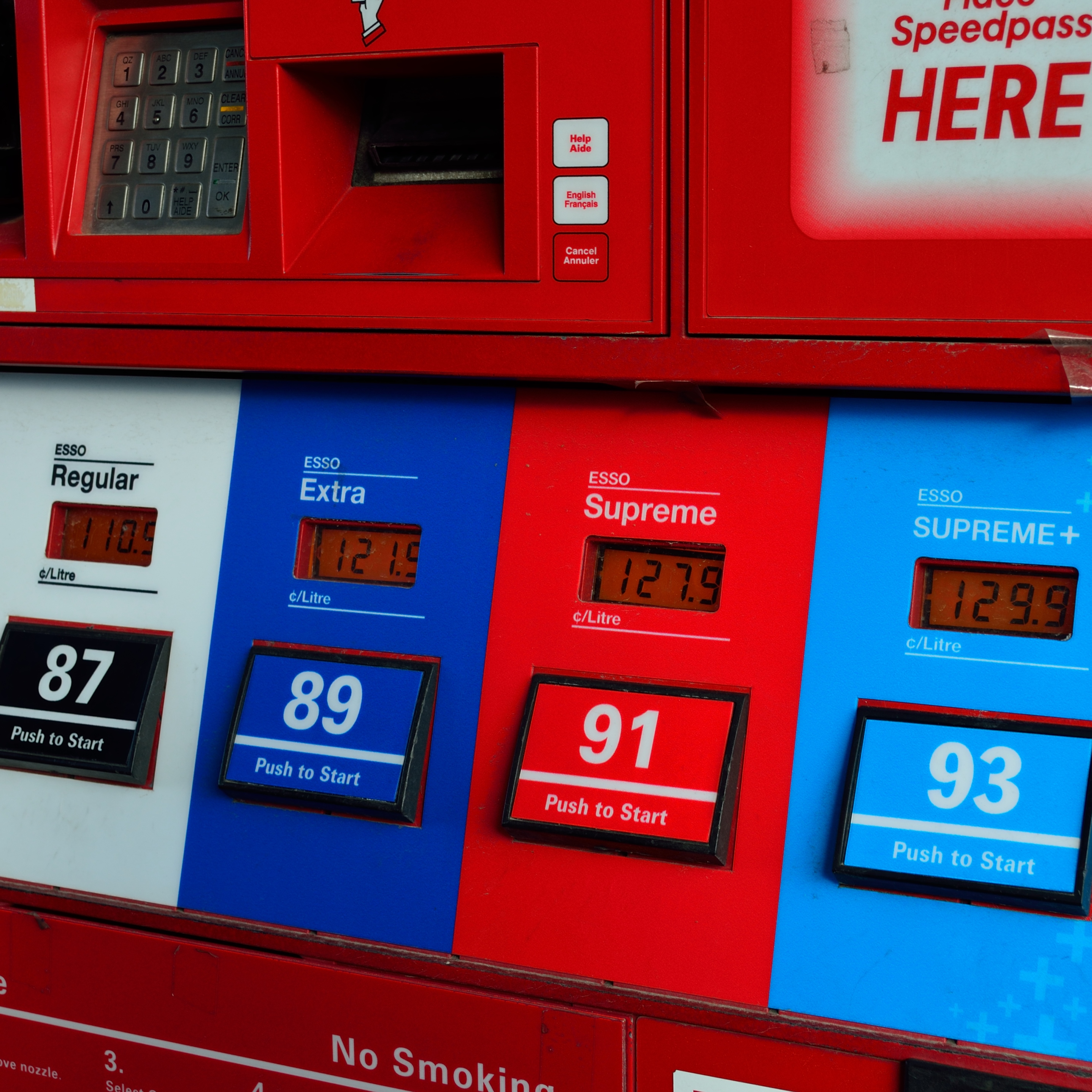
2017 has been a tough year for Exxon Mobil Corp. (NYSE: XOM). The stock has dropped 9.4% since the beginning of the year, and the energy giant is one of just seven Dow stocks that are trading down for the year to date.
The price of benchmark West Texas Intermediate (WTI) crude oil has dropped just 0.6% since the beginning of the year, from $53.75 a barrel to $53.40, through Friday.
As the company already has said, Exxon is going to have to write down the carrying value of its assets — the only question is by how much. Last week Exxon indicated that up to 3.6 billion barrels of its Canadian oil sands reserves are no longer profitable to pump out.
The definition of a proved barrel is one that can be extracted with current technology and produce a profit at current prices. Oil companies’ proved reserves are their main assets and the single most important item that determines their borrowing rate.
A barrel that has to stay in the ground would ideally increase in value over time as prices rise and costs come down. What is worrying to producers is that advances in renewable technology will proceed more quickly, and the long-term value of barrels left in the ground now won’t ever rise. The commonly used term for this new phenomenon is “peak demand,” the obverse of what was called “peak oil” a decade ago.
Costs to produce a barrel of oil from Canada’s oil sands are among the highest in the world, and crude prices of $50 to $55 a barrel are barely profitable. Only about 20% of the total oil sands resource is profitable at today’s crude prices, but leaving the stuff in the ground means that the billions Exxon and other oil giants invested in the oil sands is dead money.
Exxon’s $6.6 billion purchase of acreage in the Permian Basin can help, but higher prices for crude are key, and the production cuts recently instituted by OPEC have moved the price of crude into a range of $50 to $55 a barrel, where it now seems stuck. Even if production from the Permian doesn’t begin this year, the acquisition adds more than 6 billion barrels of oil equivalent to Exxon’s assets, and that will make a difference to the company’s valuation and how much it has to pay for borrowing.
Exxon’s shares closed at $81.76 on Friday, down about 0.7% for the day in a 52-week range of $79.67 to $95.55. The consensus 12-month price target is $88.57, in a range of $72 to $105 per share.
Take This Retirement Quiz To Get Matched With An Advisor Now (Sponsored)
Are you ready for retirement? Planning for retirement can be overwhelming, that’s why it could be a good idea to speak to a fiduciary financial advisor about your goals today.
Start by taking this retirement quiz right here from SmartAsset that will match you with up to 3 financial advisors that serve your area and beyond in 5 minutes. Smart Asset is now matching over 50,000 people a month.
Click here now to get started.
Thank you for reading! Have some feedback for us?
Contact the 24/7 Wall St. editorial team.



